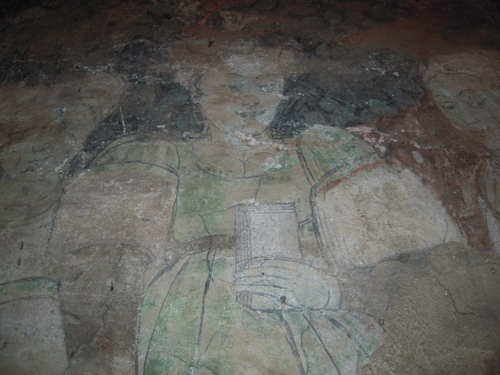Andrea Vitali has added in Italian five new essays:
1 - Matti de Trionfi
Carnevale e Follia (Carnival and Madness)
http://www.letarot.it/page.aspx?id=355&lng=ITA
2 - Odi et Amo
Dell’Amore e dell’odio per il gioco dei tarocchi (About the love and hate for the Tarot game)
http://www.letarot.it/page.aspx?id=358&lng=ITA
3 - Rimedio de’ Gioucatori (Remedy of the players)
Tre sorti di giochi proibiti all’inizio del Cinquecento (Three types of forbidden games at the beginning of the sixteenth century)
http://www.letarot.it/page.aspx?id=378&lng=ITA
4 - A Dio non dispiace il Tarocchino (Tarocchino isn't disagreeable to God)
Gioco per il sollievo della povera umanità e gioco di moda (Game for the relief of poor humanity in Bologna and fashion game in Ferrara)
http://www.letarot.it/page.aspx?id=381&lng=ITA
This article is very interesting because from a literary text we know that in Ferrara people played with the Tarocchini. So we can give a response to Dummett who written that after the sixteenth century the practice of the game was unknown because Ferrara didn’t produce more tarot cards (Il Mondo e l’Angelo, p. 216).
This is the passage from I Sughi by Girolamo Baruffaldi of Ferrara (1675-1755)
Baccanale V
Gira pur, nè ti stancare,
E rigira, e rimaneggia,
E tremena, e rivolteggia,
E poi torna a rigirare:
Se la destra
Non t’è destra,
Tu sommistra
Con la sinistra,
Che in cucina anco si loda
Per capriccio esser mancino,
Come appunto al Tarrocchino
Per le dame è nuova moda
The author advises women to mix in a pot the sauces with the right hand but also with their left hand if they had difficulty with the right, as was the new fashion of the ladies i.e. keep the tarocchini with the left hand.
5 - I Tarocchini nel Settecento (Tarocchini in the eighteenth century)
In testi letterari, saggi e satire (In literary texts, essays and satires)
http://www.letarot.it/page.aspx?id=382&lng=ITA

